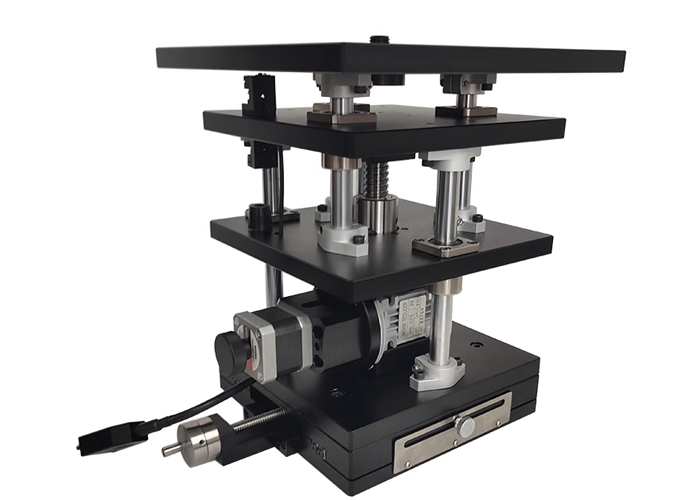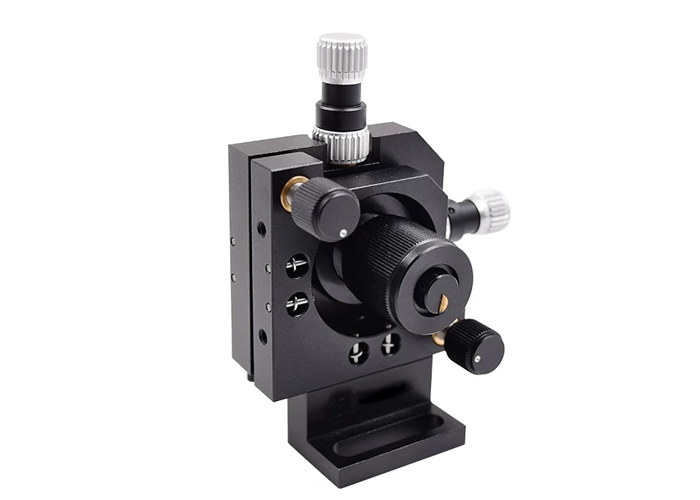Halogen lamps are made of tungsten wire, but are encased in a smaller quartz glass casing. Because the glass shell is so close to the filament, it will melt easily if it is made of glass. The gas in the glass shell is composed of different gases that make up the halogen lamp group. These gases have a very interesting property: they combine with tungsten vapor. If the temperature is not high enough, the halogen gas binds the tungsten atoms to evaporate and redeposit on the filament. This cyclic process makes the filament last for a lot of time. In addition, it can run a hot filament, which means you get more light energy. You still get a lot of heat, but because the glass shell of quartz is so close to the filament, it's hotter than a normal bulb.
Halogen bulbs can also operate at higher temperatures than ordinary incandescent bulbs, and are more luminous and efficient. However, at this temperature, ordinary glass may soften, so halogen bulbs need to use quartz glass with a higher melting point. Because quartz glass does not block ultraviolet light, halogen bulbs usually need to use a separate ultraviolet filter.
If the crystal glass on the halogen lamp has oil, it will cause the temperature on the glass to vary, reducing the life of the lamp. Therefore, when changing halogen bulbs, avoid touching the glass of the bulb with your hands. Clean with alcohol if touched by fingers.












